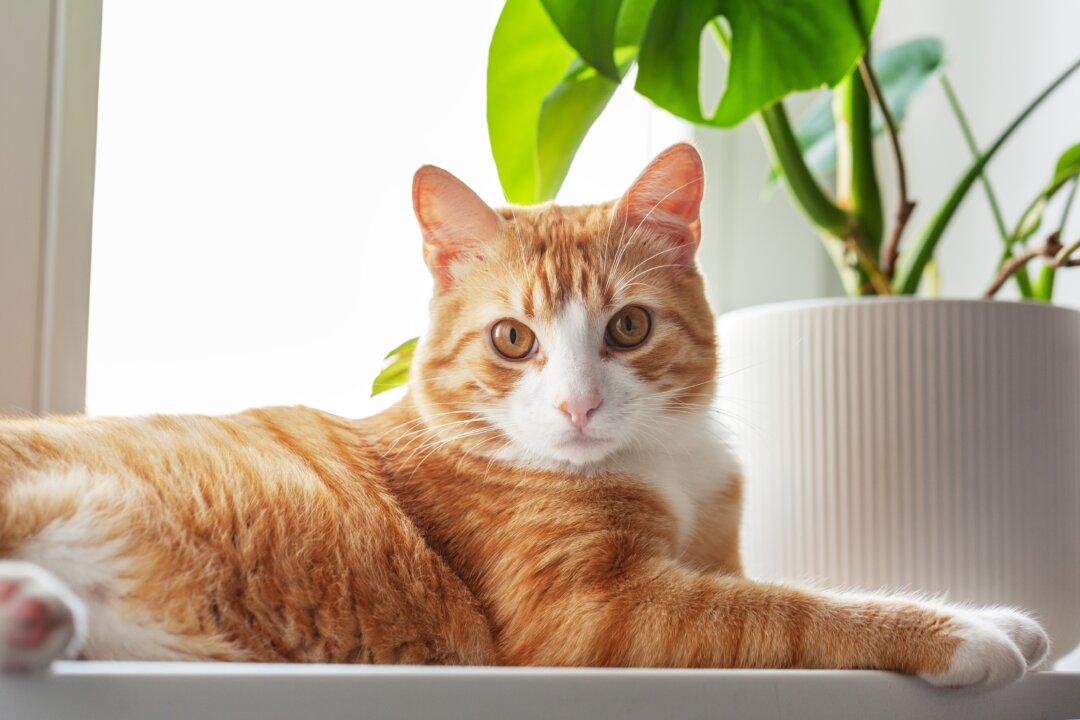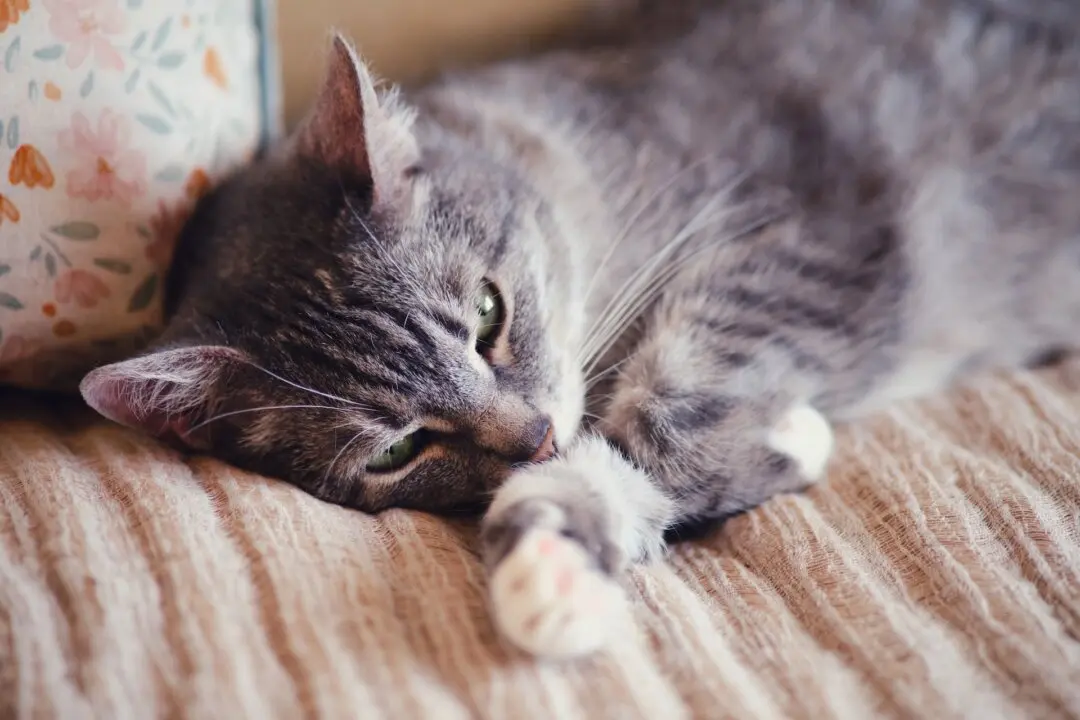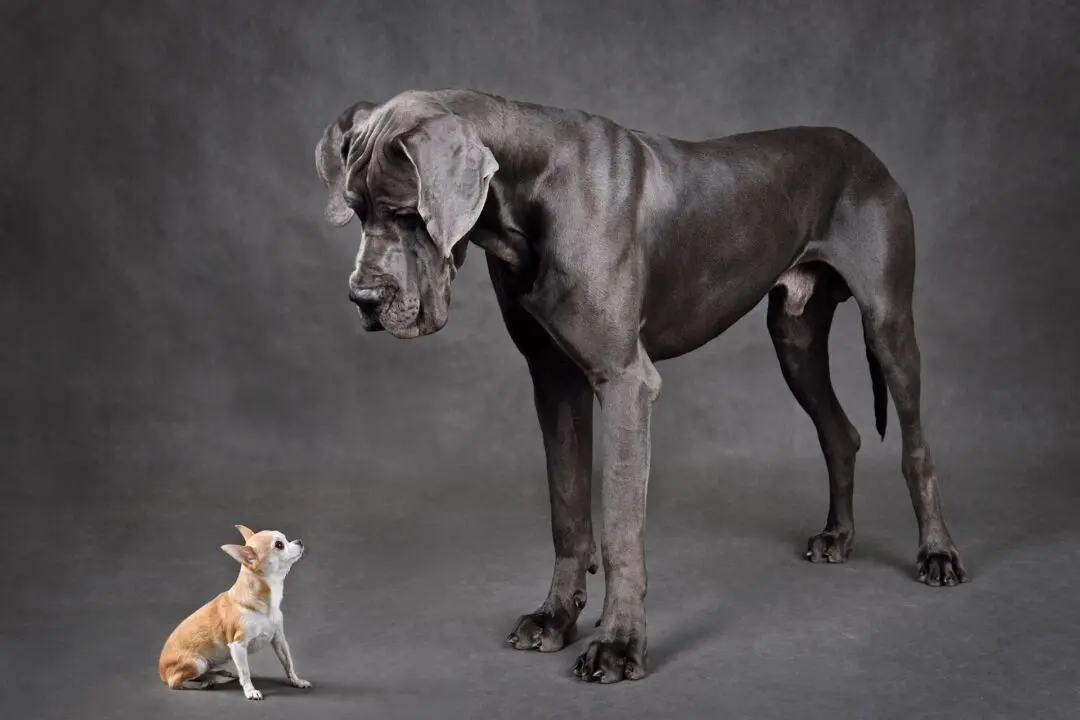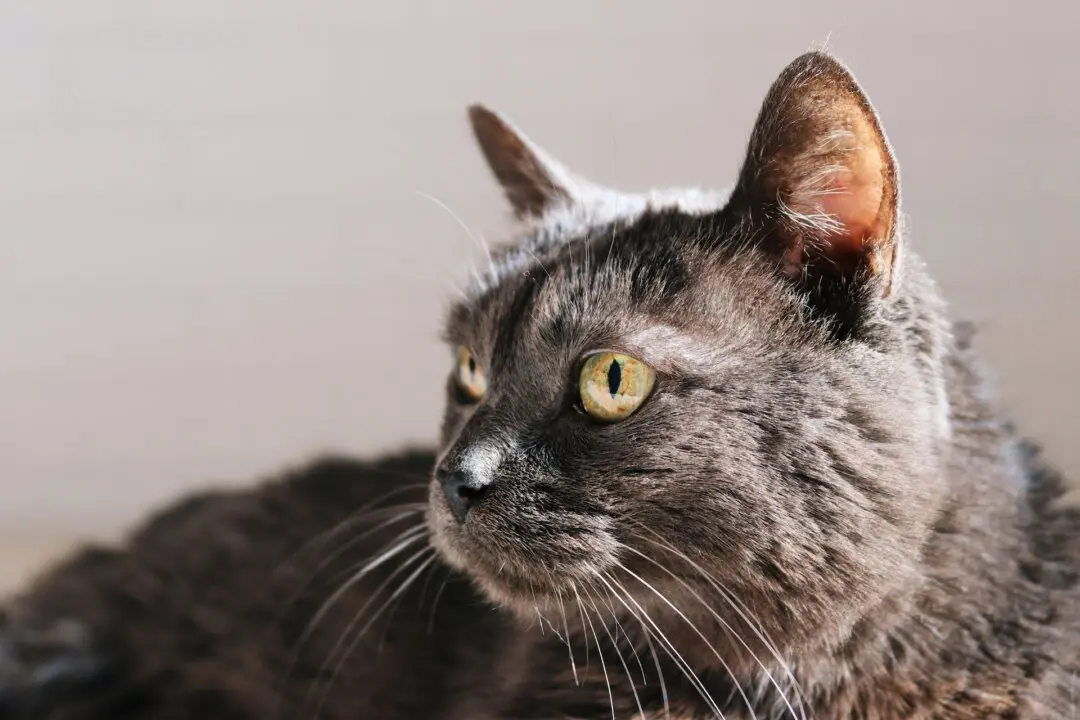Q: Our son vapes in his bedroom. Is it okay for him to use his e-cigarette when our dog Smoky is in his room?
A: No. E-cigarettes are electronic smoking devices, or ESDs, which heat, vaporize, and emit numerous harmful chemicals that expose pets and people to substantial risk. If your son must vape, he should do it outdoors to protect Smoky and the rest of the family from the ESD emissions.





